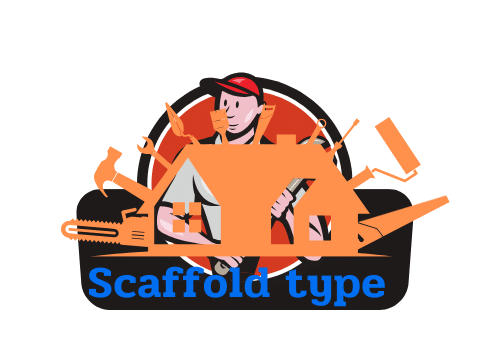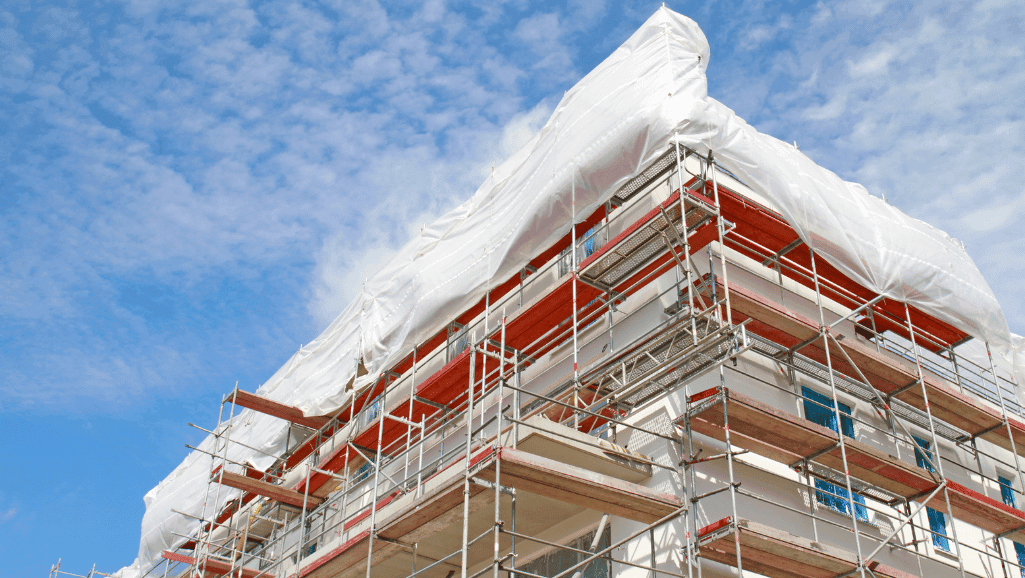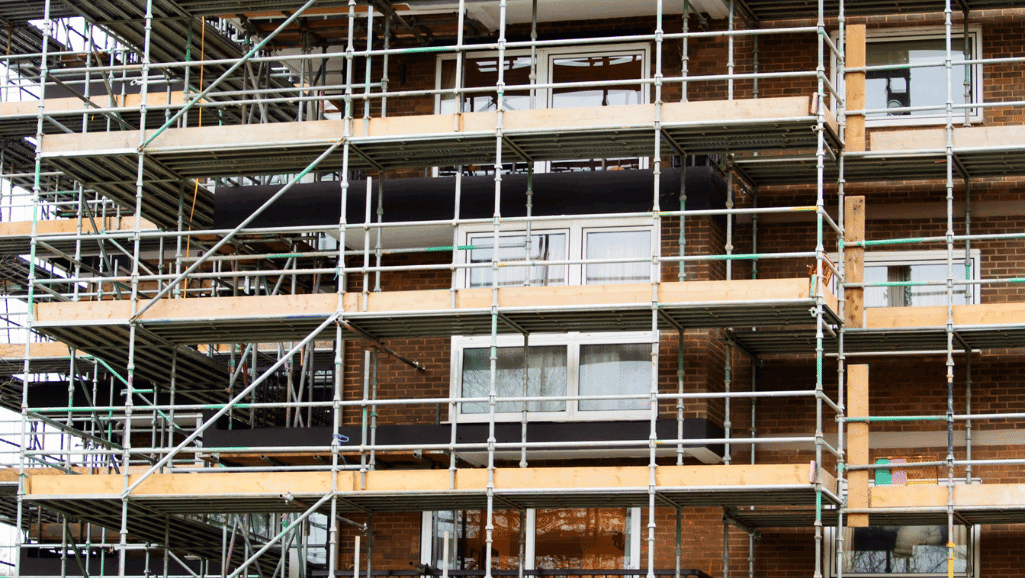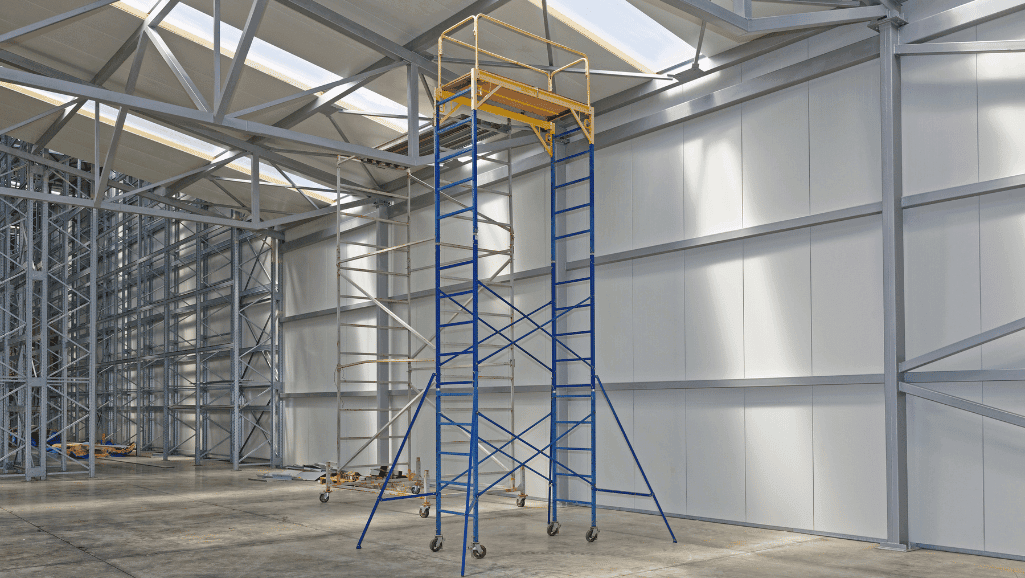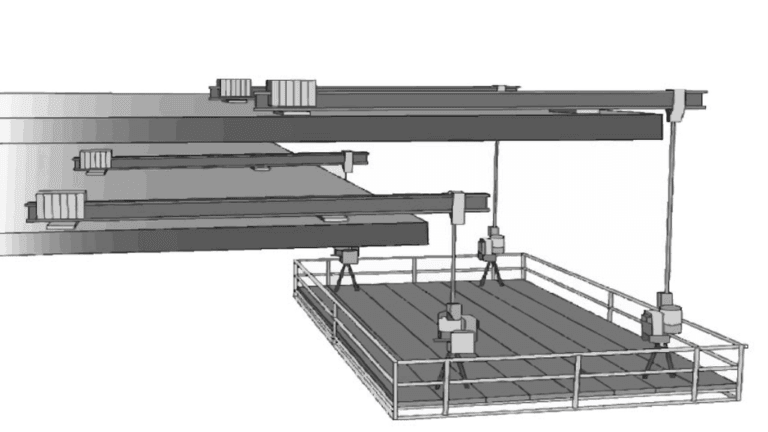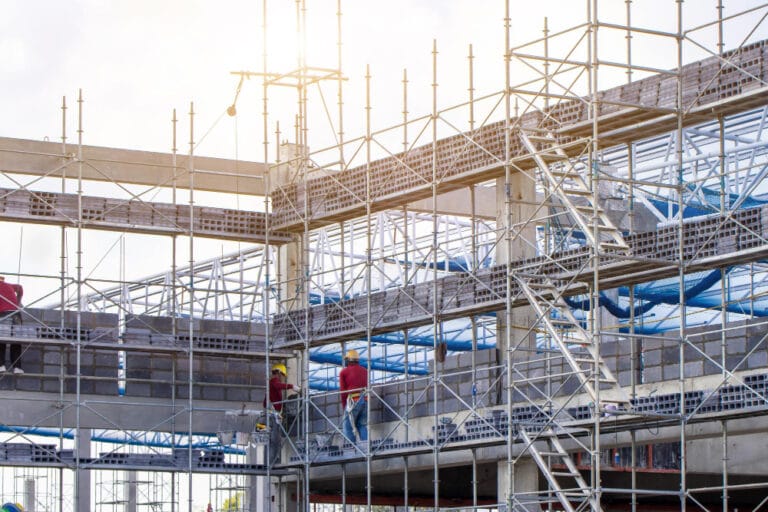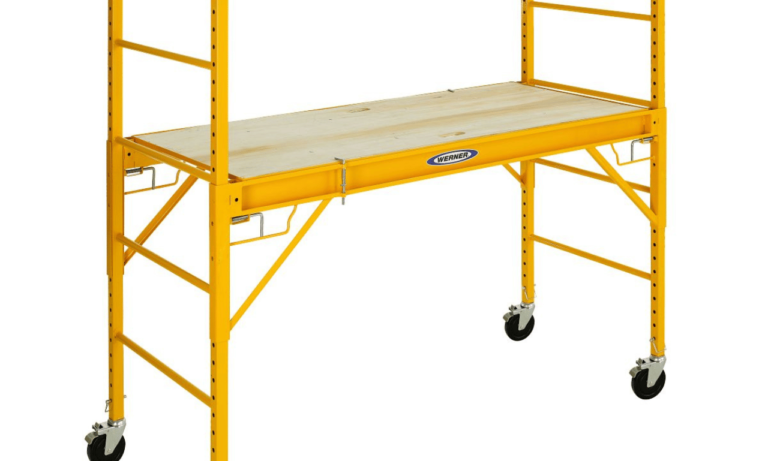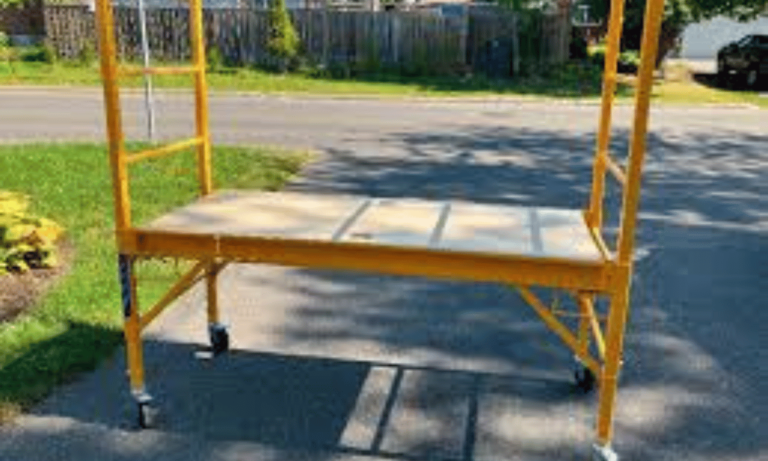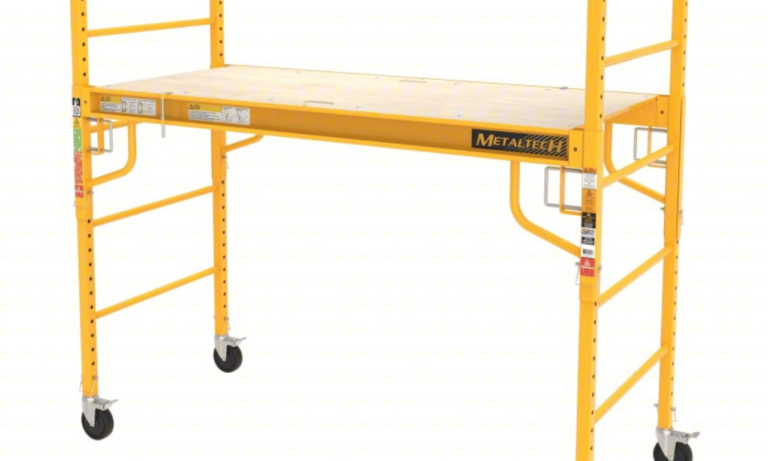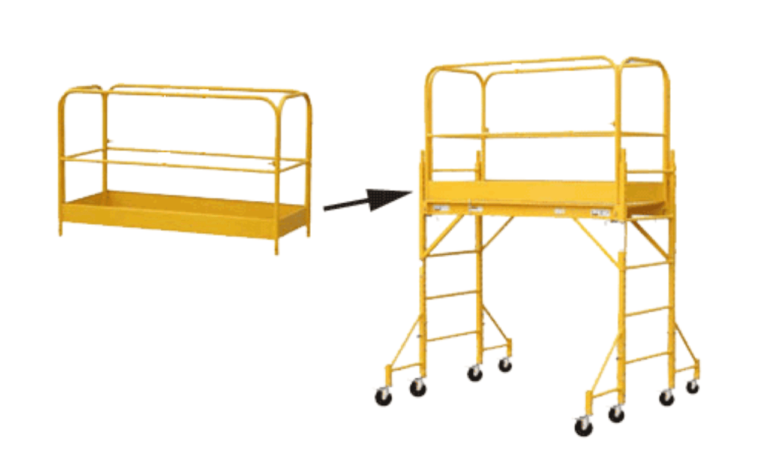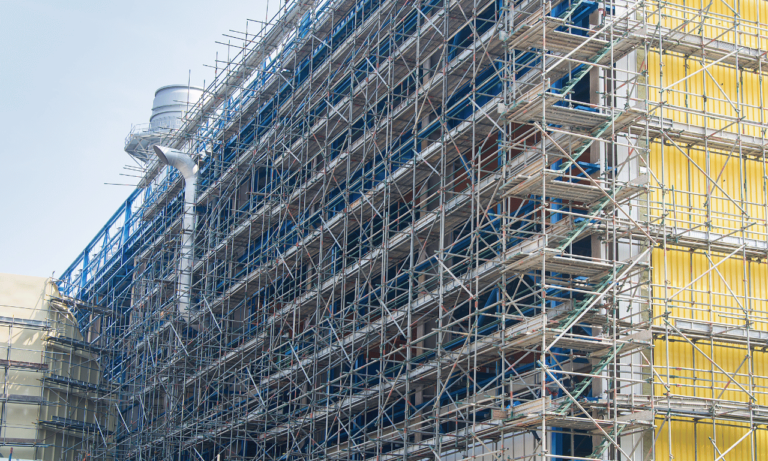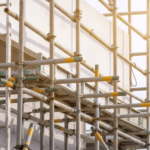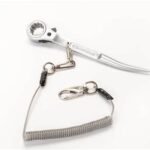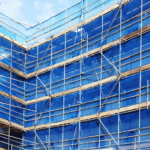Phone:
(+65)8319-0742
Construction projects vary greatly in size and complexity. Choosing the right scaffold type is key to success and safety. With many scaffolding systems out there, it’s important to know their features and benefits.
Scaffolding systems are crucial for safe work at heights. They offer support and access for workers. Different types like modular, mobile, and suspended scaffolding meet various project needs. The right scaffold depends on load capacity, height, accessibility, and safety features.
System scaffolds are widely used around the world. They are popular in Europe, Asia, Australia, and North and South America. These scaffolds are easy to set up and adapt to different construction needs. Options like Ringlock, Haki, Cuplock, and Layher Allround offer strong structures with safety and load capacity.
When starting a construction project, picking the right scaffolding solution is essential. Talk to scaffolding experts and consider project details, safety, and budget. This will help you find the best scaffold type for a safe and productive work area.
Key Takeaways
- Selecting the right scaffold type is crucial for construction project success and safety
- Scaffolding systems provide necessary support and access for workers at height
- System scaffolds are popular worldwide due to their modular design and adaptability
- Factors like load capacity, height requirements, and safety features influence scaffold type choice
- Consulting with experts and assessing project needs help determine the optimal scaffolding solution
Introduction to Scaffolding Systems
Scaffolding systems are key for temporary structures that make it safe and easy to reach high places during building projects. They have many scaffolding components like frames, platforms, guardrails, and more. These parts come together to make strong erection platforms and work platforms for workers to do their jobs safely.
Definition and Purpose of Scaffolding
Scaffolding is a temporary setup that holds up workers and materials during building, upkeep, or fixing big structures. Its main goal is to give a safe place for workers to work high up. This lets them reach tough spots and finish their tasks well.
Scaffolding is made to hold the weight of workers, tools, and materials safely. It acts as vital access equipment, helping workers move up and down and side to side on the job site easily.
Importance of Selecting the Right Scaffold Type
Picking the right scaffold is key for a project’s success and safety. The right scaffolding keeps workers safe, boosts work efficiency, and makes the job site better. When choosing a scaffold, consider:
- The project’s nature and size
- The building’s height
- The weight of materials and tools
- The space and access on the site
- The stability and load it needs to hold
The U.S. Department of Labor’s OSHA says scaffolding issues were a big problem in 2018. This shows how important it is to pick the right scaffold and follow safety rules.
| Scaffold Type | Load Capacity | Common Applications |
|---|---|---|
| Light-duty | 25 lbs./sq. ft. | Painting, electrical work, light maintenance |
| Medium-duty | 50 lbs./sq. ft. | Brick masonry, plastering, pipe fitting |
| Heavy-duty | 75 lbs./sq. ft. | Stone masonry, concrete work, heavy equipment |
By looking at what the project needs and picking the best scaffolding, contractors can lower safety risks, boost worker productivity, and follow the rules. Choosing the right scaffolding components and access equipment helps make the construction project a success and profitable.
Types of Scaffolding Systems
Choosing the right scaffolding system is key for a safe and efficient construction project. There are many options available, each with its own benefits. Supported scaffolding is great for tall buildings, while suspended scaffolding reaches hard-to-get areas. Mobile scaffolding is perfect for projects that need to move around.
Supported Scaffolding
Supported scaffolding, or system scaffolding, is built on the ground and gives a solid base for projects. It’s perfect for big projects and tall buildings. This scaffolding uses parts like standards, ledgers, and transoms, held together with cuplock scaffolding or other solutions. Its modular design makes it easy to set up and change for different projects, making it a top choice for contractors.
Suspended Scaffolding
Suspended scaffolding, or swing stage scaffolding, hangs from buildings using ropes or chains. It’s great for projects where you can’t disturb the ground or need to reach high places. It’s often used for work on tall buildings, painting, and maintenance. Workers can move the platforms to different heights safely and efficiently. It’s important to have proper training and safety steps to avoid accidents.
Mobile Scaffolding
Mobile scaffolding, or rolling scaffolding, rolls on wheels or casters for easy movement. It’s ideal for small projects that need to move around the site. This scaffolding is light and quick to set up and take down, saving time and money. It’s often used for maintenance, painting, and short projects. Make sure the wheels are secure and the scaffolding is stable and level to prevent falls.
| Scaffolding Type | Advantages | Common Applications |
|---|---|---|
| Supported Scaffolding | Stable base, modular components, easy assembly | High-rise buildings, large-scale projects |
| Suspended Scaffolding | Access to difficult-to-reach areas, adjustable height | Facade work, painting, maintenance tasks |
| Mobile Scaffolding | Easy movement, quick assembly/disassembly | Smaller projects, maintenance work, painting |
When picking scaffolding for your project, think about the project’s size, how much weight it needs to hold, how you’ll get to the work area, and safety rules. Knowing what each scaffolding type offers helps you choose wisely for safety, efficiency, and saving money. Using top-notch shoring and scaffolding gear from trusted makers ensures your scaffolds are safe and work well.
Factors to Consider When Choosing a Scaffold Type
Choosing the right scaffold type is key for your construction project’s success and safety. You need to think about several things that affect your project’s efficiency, stability, and cost. By looking at your project’s needs, safety, and budget, you can pick the best scaffolding for you.
Project Requirements and Specifications
First, think about what your construction project needs. Consider the structure’s height, the materials’ weight, and the work you’ll do. Supported scaffolding is great for tall buildings because it’s safe and easy to use. Suspended scaffolding is good for places where you can’t disturb the ground, helping you reach hard spots quickly. Mobile scaffolding is perfect for small projects that need to move around easily.
Looking at your project’s needs helps you choose the right scaffold components and systems.
Safety and Stability Concerns
Safety and stability are very important when picking a scaffold type. The scaffolding must follow the rules and be safe for workers. Check how much weight it can hold, how long it lasts, and its safety features. Supported scaffolds give a solid base, while suspended ones let you work high up. Mobile scaffolds are flexible but need careful use to stay stable.
Putting safety and stability first helps reduce risks and keeps your team safe.
Cost and Budget Considerations
Cost and budget are big factors in choosing a scaffold type. Some scaffolds cost more than others, so you need to balance your needs with your budget. Steel scaffolding is cheaper and strong, making it good for projects needing durability. Aluminum scaffolding is pricier but light and easy to set up, saving space when not in use.
Think about your budget and the long-term value of each scaffold type to make a smart choice. This way, you use your resources well and ensure your project goes smoothly.
| Scaffold Type | Advantages | Disadvantages |
|---|---|---|
| Supported Scaffolding |
|
|
| Suspended Scaffolding |
|
|
| Mobile Scaffolding |
|
|
Benefits of Selecting the Right Scaffold Type
Choosing the right scaffolding can greatly improve safety, efficiency, and save money. By looking closely at your project’s needs and picking the right scaffold, you can make your project a success. This choice brings many benefits that help your project do well.
Improved Safety and Reduced Risks
One big plus of picking the right scaffold is better safety on your site. A scaffold made for your project’s needs gives workers a stable place to work. This lowers the chance of accidents and keeps your team safe.
It also means following safety rules from local and national sources. This shows you care about your workers’ safety.
Things like proper scaffold setup, checking it often, and training your team are key. With these, and a scaffold that has safety features like guardrails, you can cut down on risks at heights.
Enhanced Productivity and Efficiency
The right scaffold boosts your project’s productivity and efficiency. It gives workers easy access to their work, cutting down on changes or adjustments. This lets them focus and work better, making your project move faster.
For example, suspended scaffolding is great for tall buildings. It lets workers move around easily and adjust to different heights. This means they can finish their tasks quicker, helping you finish the project sooner.
Cost Savings and Optimal Resource Utilization
Choosing the right scaffold can save you money and use resources well. It means you don’t spend too much on solutions that are too big or too small. The right scaffold gives the support you need without costing too much.
Also, the best scaffold cuts down on labor costs and reduces delays. Workers can do their jobs safely and efficiently, saving time and money. This lets you use your resources better and avoid delays that cost you more.
Keeping your scaffold in good shape is also key to saving money. Regular checks and maintenance make it last longer, avoid expensive fixes, and keep it working well throughout your project.
Scaffold Type Selection Process
Choosing the right scaffold type is key to your project’s success. It affects safety, efficiency, and how well the project goes. You need to look at your project’s needs, talk to experts, and check out your options carefully.
Assessing Project Needs and Constraints
Start by looking closely at what your project needs and what it can’t do. Think about the project’s size, how high it is, and how long it will take. For example, if you need to move the scaffolding a lot, mobile scaffold towers might be best. If your project is big and needs support for a long time, modular staging systems or falsework components could work better.
Consulting with Scaffolding Experts
After figuring out what you need, talk to scaffolding experts. They know a lot about different scaffolds and can help you pick the right one. They’ll look at things like how stable the ground is, how much weight it can hold, and safety rules. Experts can also suggest ways to make your scaffold better, like using modular shoring for more stability.
Evaluating Available Options and Making an Informed Decision
With your project needs and expert advice in mind, look at the different scaffold types. Think about what each type offers, like how frame scaffolding is versatile or how ring lock scaffolding can adapt. Consider how long it takes to set up and take down, and the cost too. You want to find a balance between safety, getting the job done fast, and saving money.
When you’re deciding, always put safety first. Pick a scaffold that follows all safety rules and fits your project’s needs. Make sure it can be safely put up, used, and taken down by your team. By looking at your options and making a smart choice, you’ll make your project a success and keep everyone safe.
| Scaffold Type | Advantages | Considerations |
|---|---|---|
| Mobile Scaffold Towers | Ease of movement, ideal for frequent relocation | Suitable for level, sturdy ground |
| Modular Staging Systems | Versatile, adaptable to various project needs | Requires careful planning and assembly |
| Falsework Components | Provides temporary structural support | Demands expertise in design and installation |
| Modular Shoring | Enhances stability and load-bearing capacity | Requires compatibility with chosen scaffold type |
By following a careful scaffold type selection process, looking at your project’s needs, talking to experts, and checking your options, you can make a smart choice. This ensures your project is safe, efficient, and successful.
Best Practices for Safe Use and Maintenance of Scaffolding
Using and keeping scaffolding safe is key for worker safety and project success. By following these guidelines, you can cut down on accidents, boost productivity, and meet industry standards.
First, setting up and taking down scaffolding safely is vital. Only trained pros should do this, knowing the scaffold type’s needs. They must check that all parts, like frame scaffolding and system scaffolds, fit well and work right.
Checking scaffolding often is also crucial. Before work starts and after any event that could harm it, like bad weather or heavy equipment, inspect it. Pay extra attention to things like support structures, temporary platforms, and safety railings to make sure they’re all good to go.
| Scaffold Tag Color | Meaning |
|---|---|
| Green | Scaffolds have been inspected and verified safe for use |
| Yellow | Modifications have been made to scaffold structures |
| Red | Danger – scaffold is unsafe for use |
Training workers is also key to scaffolding safety. The A10.8-2019 standard says employers must teach workers about site dangers and how to safely set up, secure, check, maintain, and take down scaffolding. This training should cover the risks and how to lessen them.
It’s also important to keep scaffolding clear of debris, tools, and materials when not in use. Never overload scaffolding, as it can fail. Make sure there’s safe access to scaffolding, like ladders or stair towers, too.
Following these best practices and focusing on safety can greatly reduce the chance of scaffolding accidents. This helps construction projects succeed.
Conclusion
Choosing the right scaffold type is key to your project’s success, safety, and efficiency. You need to know the various scaffolding systems like supported, suspended, and mobile ones. Modular designs let you create custom access solutions for your project.
When picking a scaffold, always put construction safety first. Think about how much weight it can hold, how easy it is to set up, and if it fits your site. Talking to scaffolding experts can give you great advice and help you choose the right one. The right scaffold means a safer work area for your workers and better work flow.
Choosing the best scaffold type also means more than just safety. It can make your project run smoother, save you money, and finish faster. Scaffolding systems that are easy to put up and take down save time. Keeping your scaffolding in good shape helps your construction run better, making everyone happy.
In the end, picking the right scaffold for your project is a smart move. Focus on safety, think about what your project needs, and use scaffolding pros’ knowledge. This way, you make a choice that helps your construction go smoothly, safely, and successfully. Let the right scaffold type help you achieve your project’s goals.
